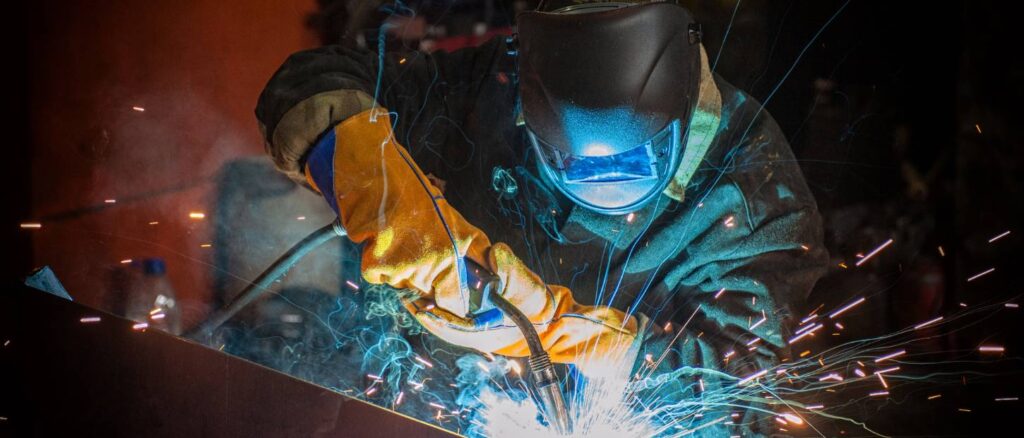Why Welding Light Harms the Eyes? | Kunal AcademyScience
Why Welding Light Harms the Eyes
When welding, intense light is produced by the electric arc formed between the welding electrode and the workpiece. This light contains a significant amount of ultraviolet (UV) radiation, which is invisible to the human eye.
Types of UV Rays emits from Welding Light
UV-A: UV-A radiation has the longest wavelength among the three types, ranging from 315 to 400 nanometers (nm)
UV-B: UV-B radiation has a medium wavelength, ranging from 280 to 315 nm. It is more energetic than UV-A and is partially absorbed by the Earth’s ozone layer.
UV-C: UV-C radiation has the shortest wavelength, ranging from 100 to 280 nm. It is the most energetic and harmful type of UV radiation.
Above welding light harms the eyes in many ways
How Welding Lights Harms the Eyes
Exposure to UV radiation can cause acute and chronic damage to the eyes. The cornea, which is the clear front surface of the eye, is particularly susceptible to UV radiation. Prolonged exposure to intense UV light can lead to a condition called photokeratitis or arc eye, which is essentially a sunburn of the cornea. Symptoms include pain, redness, tearing, and a gritty sensation in the eyes. Although arc eye is usually temporary, it can be extremely uncomfortable and may take a few days to heal.
Furthermore, UV radiation can also penetrate the lens of the eye and reach the retina, the light-sensitive tissue at the back of the eye. Over time, cumulative UV exposure can contribute to the development of various eye disorders, including cataracts, which cause clouding of the lens, and retinal damage, which can lead to vision loss.
In addition to UV radiation, welding also produces intense visible light, which can be bright enough to cause temporary flash blindness if directly observed. This can impair vision and increase the risk of accidents, especially in situations where clear vision is crucial.
To protect against these harmful effects, welders must wear appropriate eye protection. Welding helmets or goggles with shade lenses are specifically designed to filter out both UV radiation and intense visible light. These lenses have a dark tint, which helps reduce the amount of light entering the eyes to a safe level. By wearing proper eye protection, welders can significantly reduce the risk of eye injuries and long-term damage caused by welding lights.

